Talking about “cold calling” often brings up mixed feelings. Nobody enjoys being interrupted by a sales pitch, and few relish the idea of interrupting someone else’s day with one. But here’s the thing: when done right, cold calling can be a game-changer for your company’s growth. In this article we provide a plan for making your cold-calling effort more effective and rewarding.
Understanding Cold Calling and Its Objective
Let’s start with the basics. Cold calling, in this context, refers to reaching out to potential buyers without prior notice, using channels like calls, emails, in-person visits, or LinkedIn messages. However, the primary aim here isn’t an immediate sale; it’s about gathering valuable information for future interactions. You’ll see in a moment that sometimes, while gathering information, we might have the opportunity to provide a proposal for service, but that is not the primary goal.
Preliminary Research: Setting the Stage
The initial phase, termed “Pre-Call Research,” involves collecting essential information about the target company and the person you’re reaching out to. This includes details about the company’s structure, recent developments, and identifying key decision-makers. Utilize platforms like the company website and LinkedIn for this intel. This type of information sets the stage for a professional, productive call.
The Contact Approach
Rather than relying on rigid scripts, we recommend a more adaptable approach centered around asking pertinent questions. Here are the key inquiries:
- Identify the decision-maker.
- Determine if cleaning services are outsourced.
- Gauge the prospect’s openness to considering new options.
Executing the Plan
Let’s go through a hypothetical call to a medical practice using this approach:
Introduction and Question 1: “Hello, this is Susan Smith from SmithCo Commercial Cleaning. We serve medical practices like yours in your area. Are you responsible for the housekeeping services at your practice?”
Contact: Confirms their role.
Question 2: “Very good. Does your practice handle cleaning internally, or is it outsourced?”
Contact: Provides relevant information.
Question 3: “Thanks for that info. Last question – would you share with me a little bit about your current situation – are you pleased with your cleaning company and do you occasionally entertain other proposals?”
Contact: Expresses their perspective.
NOTE: If the contact indicates that they are not pleased or are considering other vendors, an appropriate question would be – “would it make sense for me to come out to your facility and gather some information to provide a proposal?“
Wrap-Up: “Thanks again for the info. Would you mind if I check in occasionally to stay connected?”
Contact: Agrees.
Ending: “Very good, thank you for taking my call. Have a great afternoon!”
You and your team should think through these interactions and practice typical responses. But, it is always best to remember that the goal is to gather information first.
Post-Call Record Keeping
Once the call is complete, recording the data received in your business growth database (CRM) is important. This information includes a summary of the call, confirming you have reached the correct decision maker, noting whether they outsource, and setting a call-back date(s). This phase should take about 1 minute to complete, but it is a crucial step in the process as it sets up future activities with prospective customers.
In summary, an effective cold-calling plan is critical to any company’s overall business growth strategy. With the right goals, plans, and call framework in place, your company should see prospects begin to move through your growth pipeline.






